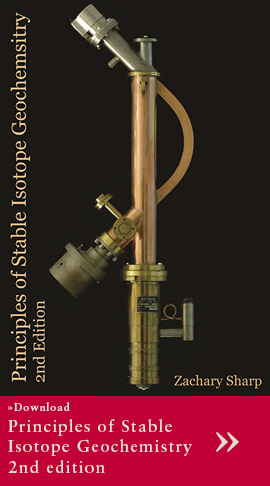The energetic assembly of biological communities: a test with deep-sea wood falls
Energy availability has long been recognized as a predictor of community structure. However, causal relationships between energy availability and community structure remain unclear. Wood-fall communities in the deep sea are an ideal test system for many theories about community assembly and energetic theory for three reasons. First, the amount of energy available to the community can be precisely manipulated in the form of wood mass. Second, flows of energy from wood through the community can be easily tracked because animals supported by wood are isotopically distinct from other animals in the background benthos. Finally, the entire community associated with a wood fall can be sampled, allowing for accurate estimates of standing stock. For these reasons, deep-sea wood falls facilitate accurate joint analysis of standing stock, trophic structure, and diversity as a function of energy availability.
The goal of this project is to identify the interactions in energetic processes that regulate community structure, using ROV/submersible-deployed wood falls. Wood will be deployed in (1) varying sizes to control the amount of chemical energy added to the community, and (2) of different wood densities to control the rate at which chemical energy is made available to the community. Several major lines of inquiry are proposed to address the energetic drivers of community assembly in terms of standing stock, trophic structure, and diversity in wood-fall communities. The advantage of the proposed approach to examining energetic tradeoffs is that multiple impacts of varying energy are evaluated simultaneously. The amount of energy in the community can be precisely manipulated, an improvement over prior studies. The impact of the rate of energy delivery on ecological processes, examined here, is also rarely evaluated. Support for the proposed work will also reveal much about wood fall biomes, one of the least studied systems in the ocean. For example, the project will reveal the relative importance of heterotrophic and chemoautotrophic energy pathways in exporting wood energy and controlling community assembly as well as variability in biodiversity among wood falls.


